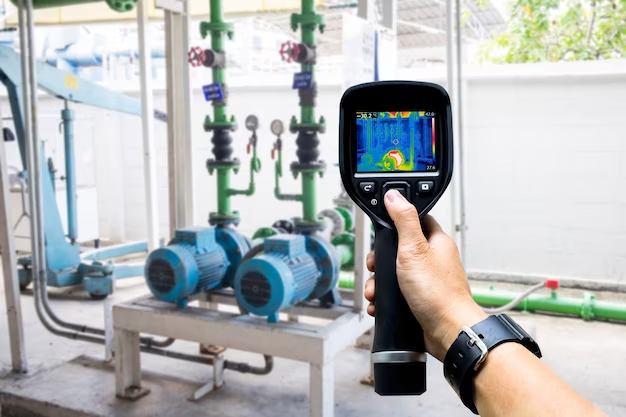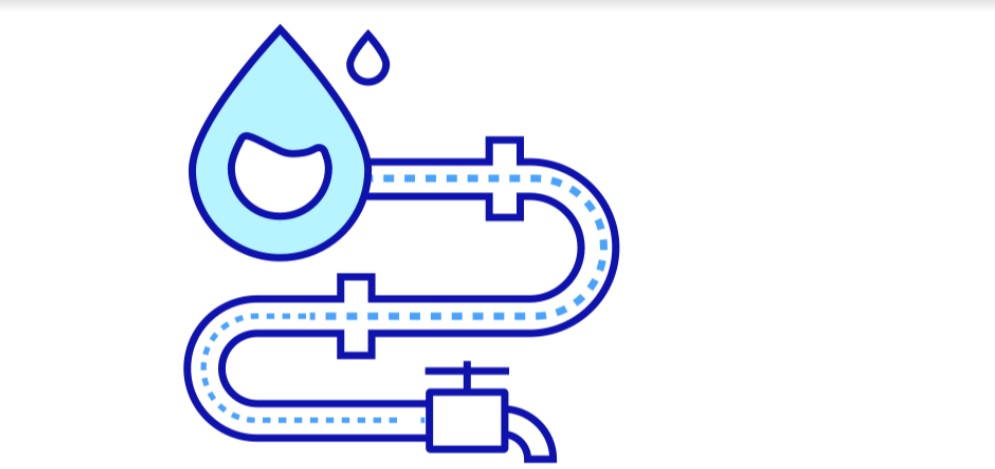By Mandar Vaijanapurkar
In some cases, energy production has now reached a level where the energy recovered from waste water treatment process not only ensures the plant’s own needs, but also covers the energy needs for drinking, water production and so on. The worldwide consumption of drinking water is doubling every 20 years. At the same time, due to rapid industrialization and exponential growth in population, massive or huge amounts of wastewater is being discharged daily into our environment. However, only close to half of all wastewater is being treated 1 globally. This means wastewater for nearly 6 billion people remains untreated. This not only poses sustainability challenges, depletes energy reserves, and undermines human water security and ecosystem health but the greenhouse gas (GHG) effect of letting the waste water escape untreated in to the neighboring environment is far more detrimental than the GHG effect of additional energy consumption due to new wastewater facilities. Untreated wastewater running directly into the environment results in a GHG footprint three times higher than that of the GHG footprint when the same wastewater is treated in a traditional wastewater facility. The need for an alternative wastewater treatment measure to recover as much usable water as possible has become inevitable today.
The huge gap.
In India, the treatment of municipal wastewater is the State Government’s responsibility. Only about
A third of urban Indian households have access to piped sewer networks that is connected to the State’s sewage 2 treatment plants. Although the benefits of wastewater treatment and reuse are well known, their application in the municipal wastewater management sector is still limited, especially in low and middle-income countries, like India. Rising population, variation in rainfall
Patterns, diminishing water availability, industrial development and rapid urbanization have together put the issue of water availability at the topmost priority for the Government. Factors
Such as water scarcity due to the increase in per capita consumption, technological development,
Environmental and economic challenges also necessitate the reuse of treated wastewater. In contrast, the main impediments against technology diffusion and a shift of the sector towards an integrated approach are a lack of cost recovery, vested interests in maintaining status quo, a deprivation of operation and maintenance skills, and complex processes with many agencies
And bureaucratic layers involved. There is a wide gap between wastewater generation and its treatment in India. Even the existing treatment capacities are also not effectively utilized due to
Inadequate operation and proper maintenance of existing plants and sewage pumping stations.
The required helping hands.
The diffusion of energy – efficient technologies is determined by pricing, mandatory regulations and standard setting that are being tightened gradually. The privatization of building, operation, and m a intendancy of treatment plants together with green procurement can be useful if designed carefully. Developing technology guiding frameworks and strengthening
Institutional and monitoring capacity is crucial to increase the confidence in the quality of recovered water resources, create demand, and safeguard human health and the environment.
Water Leakage is a Big Cause of Water Wastage Every minute, around the clock, and throughout the year, water wastage occurs somewhere in the world. Water leakage can happen from many different sources including homes, farms, factories, hospitals, and businesses. Water installations in most homes do noncomplier with legislation. Nearly 3.4 trillionaires of water is wasted annually, IN Indian homes. The most common cause behind the damage is water leaks from appliances that are linked directly to the water supply in rooms that are not waterproofed and thus do not have drains in the floor. It could be dishwashers, refrigerators with water dispensers or coffee makers in the kitchen, in office buildings that cause the damage. Appliances with overall poor quality and





